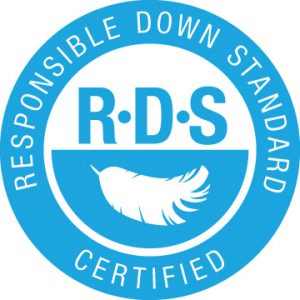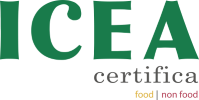Responsible Down Standard (RDS), certifies products that contain feathers and down from certified farms.
It ensures that the feathers and the duvet used in the padded products derive from geese and ducks raised in compliance with the principles and criteria of animal welfare.
INFORMATION

The Responsible Down Standard (RDS) is promoted internationally by the Textile Exchange , provides for the release of an environmental declaration verified by a third party which ensures that down and feathers used for padding elements are obtained from aquatic birds (goose and duck) or terrestrial (e.g. chicken and turkey) that have not been subjected to treatments that cause pain, suffering or stress and that an identification and traceability system that applies to the origin of the material is applied and maintained .
The following can be certified according to the RDS:
- Down and feathers from responsible farms that respect animal welfare;
- Textile products that contain at least 5% of certified feathers and down. However, finished products can only be labeled as RDS Certificates if 100% feather and down is certified.
The purpose of the RDS includes the entire production chain and extends to:
- Breeding of birds
- Slaughter
- Collection and processing of feathers (selection, dedusting, deep washing, elimination of excess water, drying)
- Production of garments and textile products.
CERTIFICATION PROCESS
The RDS certification process is differentiated , depending on whether it refers to bird breeding , in turn distinguished between individual farms, groups of small breeders and cultivation contracts (first aid contract), and manufacturing companies .
In any case, the certification process includes the following 3 phases:

